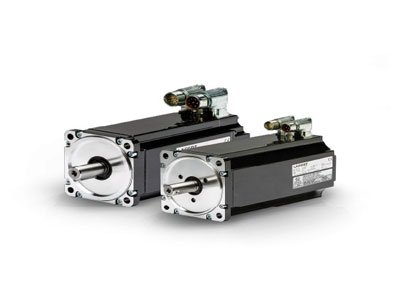Key Takeaway
A servo motor in embedded systems provides precise control of position, velocity, and acceleration. It uses feedback from sensors like encoders to ensure accurate movements. A servo drive processes control signals and adjusts the motor output.
In robotics and automation, servo motors are essential for precise tasks. They allow for stable operation and exact adjustments, making them ideal for complex, high-precision applications. By integrating servo motors into embedded systems, engineers can achieve reliable control over mechanical components.
Understanding Embedded Systems and Servo Motors
An embedded system is essentially a combination of hardware and software designed to perform specific functions within a larger system. These systems are typically built for real-time operations, meaning they need to execute tasks with precision and reliability. Servo motors fit perfectly into this scenario, as they are designed for accurate control of position, speed, and torque. This level of precision makes servo motors an essential component in many embedded applications.
In an embedded system, the servo motor’s actions are controlled by microcontrollers or microprocessors, which send commands based on data received from sensors or other inputs. The feedback mechanism in a servo motor allows it to make adjustments in real-time, ensuring the correct position or movement is achieved.

How Servo Motors Function in Embedded Devices
Servo motors operate based on a closed-loop system, where they continuously receive feedback from sensors to adjust their movement. In an embedded system, this feedback is processed by a microcontroller, which ensures that the motor achieves the desired motion. The microcontroller sends pulse-width modulation (PWM) signals to the servo motor, controlling its position, speed, or direction.
The beauty of using servo motors in embedded systems is their ability to provide precise movement control. Whether it’s rotating an object to a specific angle or moving a device in a straight line, servo motors can accomplish these tasks with high accuracy. Hook: In an embedded system, the real magic happens when the microcontroller and servo motor work together to create seamless, precise movements.
Applications of Servo Motors in Robotics and Automation
Servo motors are widely used in robotics and automation, two fields heavily reliant on embedded systems. In robotic arms, servo motors allow for precise movements needed to perform tasks like assembling components or picking and placing objects. Automation systems in factories also use servo motors to control conveyor belts, robotic tools, and automated machinery.
In these applications, embedded systems control the servo motors, sending precise instructions for every action. This combination allows robots to perform complex tasks with minimal human intervention. Hook: From a robotic hand delicately picking up an object to an automated machine assembling products at lightning speed, servo motors are the unsung heroes behind these intricate systems.
Challenges of Using Servo Motors in Embedded Systems
While servo motors offer numerous advantages, they also come with challenges when used in embedded systems. One of the primary issues is power consumption. Embedded systems often run on limited power sources, and servo motors can drain significant amounts of energy, especially when they require high torque. Additionally, integrating servo motors into an embedded system can increase the complexity of the system’s design, requiring more advanced programming and circuitry.
Another challenge is noise and vibration, which can affect the performance of the servo motor in delicate applications. Engineers must carefully design embedded systems to minimize these factors and ensure smooth operation. Hook: The key challenge is balancing power efficiency with performance—without compromising the precision that servo motors are known for.
Innovations in Servo Motors for Embedded Systems
As technology advances, innovations in servo motors are helping address the challenges mentioned earlier. For instance, newer, more energy-efficient servo motors are being developed, allowing them to operate on lower power without sacrificing performance. Miniaturization is also a significant trend, with smaller yet powerful servo motors being integrated into compact embedded systems.
Advanced feedback systems and control algorithms are improving the accuracy and reliability of servo motors in embedded applications. These improvements allow for smoother, more responsive movements, even in challenging environments. Hook: The future of servo motors in embedded systems is bright, with innovations focusing on making them smaller, smarter, and more energy-efficient.
Conclusion
Servo motors are essential components in embedded systems, providing the precise control needed in fields like robotics, automation, and manufacturing. Despite challenges like power consumption and noise, innovations in technology are making servo motors more efficient and adaptable for a wide range of applications.
For newly joined engineers, mastering the use of servo motors in embedded systems will open doors to advanced projects and systems that rely on precise, controlled motion. The integration of servo motors with embedded systems is a crucial step toward building smarter, more efficient machines that drive innovation in various industries.
